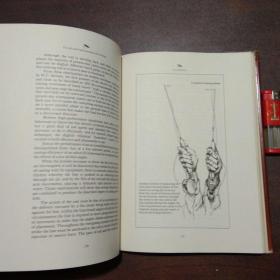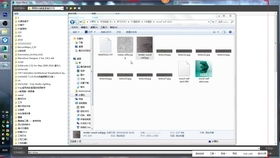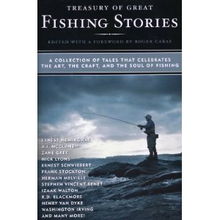Content:
Introduction
The pursuit of flower crabs, known for their succulent meat and delicate flavor, has become a favorite among seafood enthusiasts. However, catching these delightful crustaceans can be quite challenging. In this article, we will delve into the intricacies of fishing for flower crabs, providing you with a comprehensive guide complete with step-by-step illustrations to help you master the art of crab fishing.
Understanding Flower Crabs
Before we dive into the fishing techniques, it's essential to understand the nature of flower crabs. Flower crabs, also known as blue swimmer crabs, are found in coastal waters, particularly in the Indian and Pacific Oceans. They are known for their vibrant blue shell and are highly sought after for their taste.
Equipment Needed
To embark on your flower crab fishing adventure, you will need the following equipment:
- Rod and Reel: A medium-heavy spinning rod with a sturdy reel is ideal for handling the weight of the crabs.
- Line: Use a braided line with a breaking strength of at least 20 pounds to ensure you can withstand the pull of a strong crab.
- Hooks: Large, strong hooks, typically in the 6/0 to 8/0 size, are required to secure the bait.
- Bait: Fresh or frozen fish, such as sardines or mackerel, is a popular choice for attracting crabs.
- Crab Trap: A crab trap is a must-have for capturing the crabs once they take the bait.
- Tackle Box: Keep all your fishing gear organized in a tackle box for easy access.
Step-by-Step Guide to Catching Flower Crabs

Choosing the Right Spot
The first step in successful crab fishing is selecting the right spot. Flower crabs are typically found near reefs, rocks, and jetties. Use a GPS or chartplotter to identify areas with known crab populations.
Setting Up Your Rod
Attach your braided line to the reel, ensuring it is properly lubricated for smooth casting. Attach the large hook to the end of the line, and secure it with a strong knot such as an improved clinch knot.
Attaching the Bait
Cut a piece of fresh or frozen fish into small, bite-sized pieces. Attach the bait to the hook, making sure it is securely fastened. Avoid using too much bait, as it can scare away the crabs.
Casting Your Line
Stand about 10-15 feet away from the water's edge. Hold the rod with both hands and cast your line out into the water. Aim for areas where you suspect crabs may be present.
Waiting for a Bite
Once your line is cast, wait for a bite. Flower crabs are not known for their aggressive strikes, so be patient. If you feel a gentle tug on the line, it's likely a crab taking the bait.
Reeling in the Crab
When you feel a bite, start reeling in the line slowly and steadily. Be prepared for a fight, as crabs can be quite strong. Use a firm grip on the rod and apply steady pressure to bring the crab to the surface.
Using a Crab Trap
To ensure you capture the crab, use a crab trap. Place the bait inside the trap and secure it to the bottom of the sea floor. Leave the trap in place for several hours to allow the crabs to enter.
Handling and Cooking the Crab
Once you have successfully caught a flower crab, handle it with care to avoid damaging its shell. Place the crab in a cool, aerated container while you prepare it for cooking. Common methods of cooking include boiling, steaming, or grilling.
Conclusion
Catching flower crabs can be a rewarding and exciting experience with the right techniques and equipment. By following this guide and utilizing the provided illustrations, you'll be well on your way to becoming a master crab fisherman. Happy fishing!












